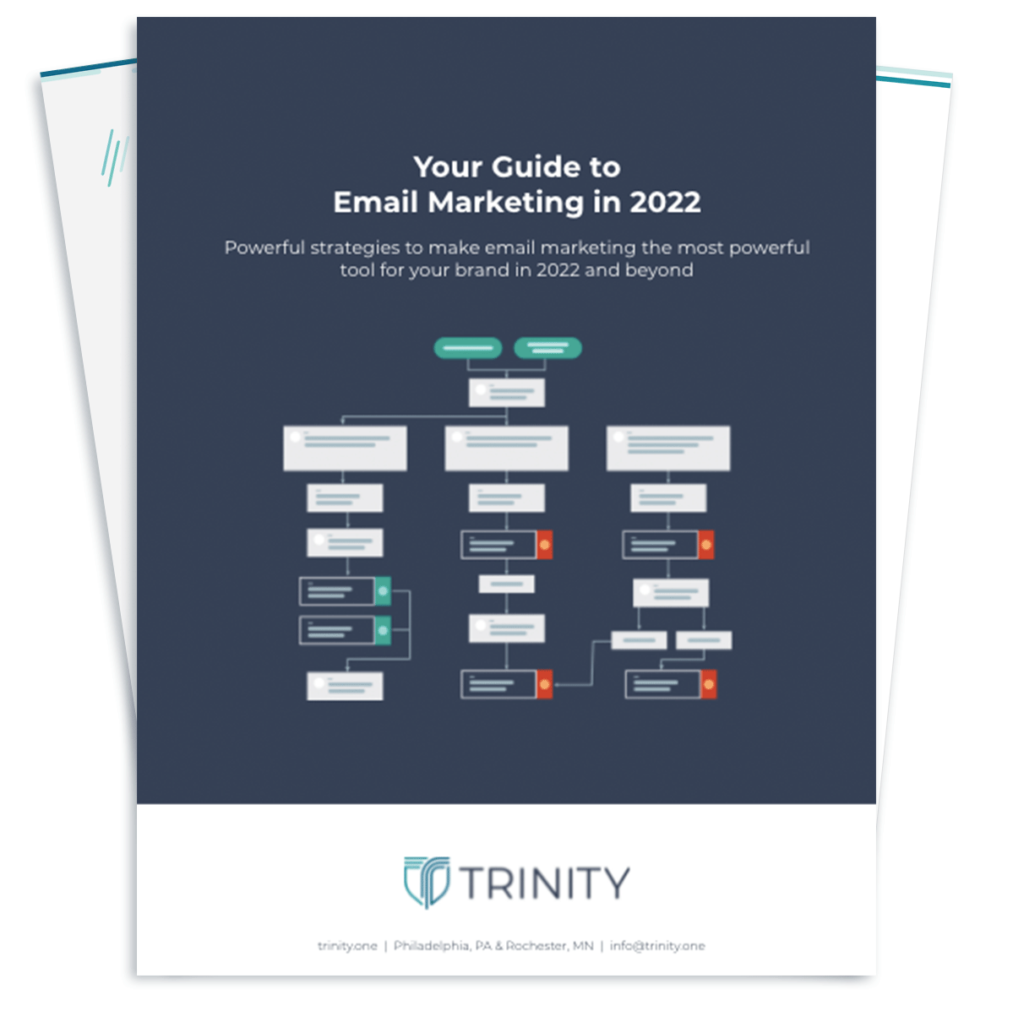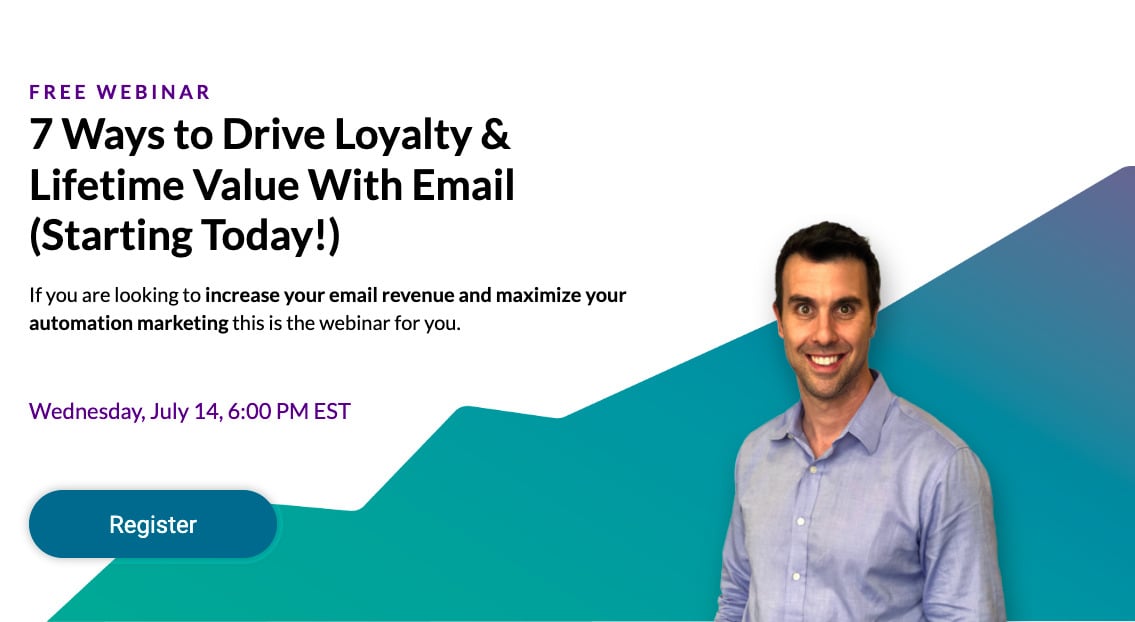Email marketing has been around for decades and remains a powerful tool for building relationships and driving revenue. In this article, we will share some of our favorite email marketing tips and hacks to help you build trust with your customers, deliver personalized, relevant experiences, and drive more revenue!
Within this post, we’ll examine key aspects of email marketing that matter most: deliverability, optimization strategies, and landmines you need to avoid. Focus on these key areas and you will see your performance improve. Let’s get started!
Deliverability
Email deliverability is a measure of how likely an email will reach the inbox (versus spam or junk mail) when it’s sent. Sometimes, your business may start to see its delivery rates drop below your average and you might not know why.
Start with reviewing your DNS, SPF, DKIM and DMARC records. These are all the acronyms for different forms of email authentication that can help secure your domain from spoofing attacks and help deliverability.
Whitelists are also a critical part of email deliverability. Make sure you’re providing a way for recipients to add your sender address or domain to their whitelist so that future emails from you won’t end up in the spam folder.
Double opt-ins are also a great way to ensure that your emails are being read. Sometimes people will accidentally hit the ‘Submit’ button when they’re actually trying to close an email and this can result in them getting added into your mailing list without their consent.
Domain key identified email is another way to improve deliverability. Domain key identified email is where the domain in your email address matches with that of your company. This allows for a more stringent authentication process and can improve deliverability rates.
Mail transfer agent is also another important thing to consider within your email marketing strategy. You can achieve this by using the SendGrid platform and explore how to use it with email marketing channels such as MailChimp or Campaign Monitor for sending transactional emails.
Lastly, an e-mail transfer agent will help you send bulk messages at a lower cost, which is essential when communicating important information that needs to reach recipients quickly.
Now that we have tackled deliverability, let’s move on to the email experience and optimizing your current efforts.
Email Optimization
Now that you deliverability is on point, let’s look at the levers you can pull to improve overall performance.
Open Rates
Open rates are one of the most important email marketing metrics to keep an eye on. Open rates tell you how many people opened your emails, which is a good indication of how interested those recipients are in what they’re receiving from you.
The problem with open rate as a metric is that it can have high variance based on other factors such as subject line, content relevance, timeliness – making it tougher to optimize.
Ways to increase email open rates include:
- Sending more emails to the same list (provided they are relevant)
- Minimizing spam filters by avoiding certain phrases, such as “click here” or “please respond urgently” and include a personal message in your subject line.
- Avoid using graphics that take up too much space on screen so it doesn’t appear cluttered. A good rule of thumb is if you can see all the text without scrolling down then there’s no need for the picture.
Ultimately your best course of action is to run split tests within your outbound campaigns to assess which messaging works best for your subject lines.
Responsive Email Designs
Responsive design within emails ensures that your creatives will render perfectly on any device. You can create a responsive email by designing the content to be fluid and creating breakpoints so that it resizes in real-time.
Be sure to design your responsive email using the same design principles as you would any other website, so that it will render beautifully on any device.
You can also use responsive email templates to avoid having to start from scratch and creating your own layout for each campaign. These templates typically have a grid-inspired structure with predefined ratios of container widths and heights.
Readability
Email readability is crucial to your marketing success. Rule of thumb: Keep it short! Emails should be no more than 100 words. If your email includes a call to action, make sure you’re not asking the recipient to perform too many tasks at once.
Keep in mind that some people view their inbox as an “email graveyard.” Make every click worth something and avoid sending emails with multiple questions or requests.
Other email readability strategies include:
- Incorporating bulleted lists to break up longer content.
- Keeping sentences short and concise, with no more than 25 words per sentence.
- Using the “thumbs up” or a smiley face emoji in place of an exclamation point at the end of your email if you’re trying to sound upbeat about something.
- Not using verbs such as “I guess,” “I think,” and “maybe.” Instead, use action phrases like “let’s try this out” or “isn’t it great?”
Subject Lines
Email subject lines should be short, to the point, and written in such a way that it clearly defines what your email is about. In general we recommend using no more than 30 characters for subject lines.
Subject line best practices:
- Use words related to the content of the email you’re sending (e.g., “new product,” “quick question”)
- Include an exclamation point at the end if you are excited or enthusiastic about something; otherwise use only periods (. . .)
- Do not include any of these phrases: I think, maybe, wishful thinking, probably going to happen, as well as other filler phrases like “please see attached” or “as per our earlier conversation.” Instead get straight into what’s happening or what you are asking for.
If you’re questioning the impact of your subject lines, test them here using OmniSend.
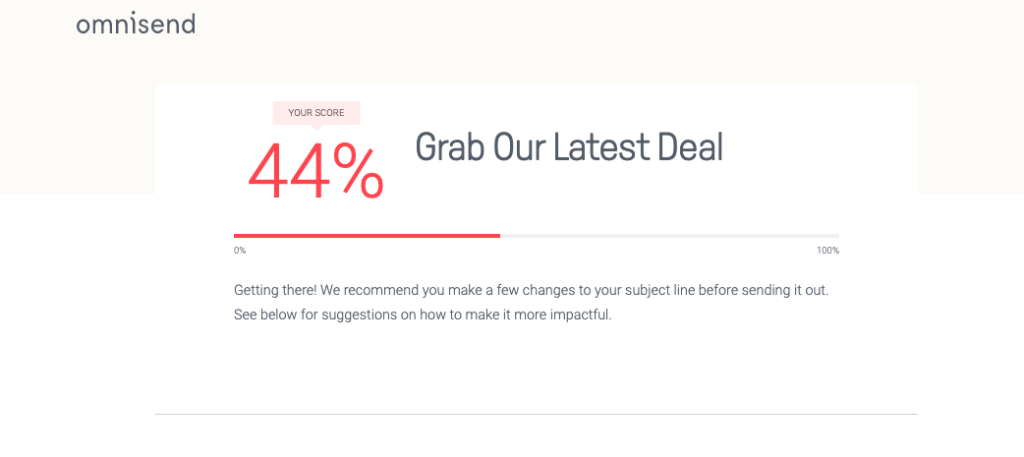
Send Frequency
Email send frequency is a hot topic. There are plenty of opinions on which frequency is best.
How often you send emails depends largely on what type of business you have and the industry it resides in. The goal is to develop a relationship of you adding value to the recipient in a manner that is helpful.
The Frequency Dilemma:
If people find too many messages coming through they might stop opening or reading any at all. However, if you don’t contact enough then there will be no interaction between sender and receiver whatsoever. This can lead to companies becoming irrelevant over time because without frequent communication, potential leads may forget that they ever subscribed in the first place. With this in mind, give the subscriber the choice on how much they want to hear from you. Giving your audience choices will bring down the unsubscribe level, according to Snov.io.
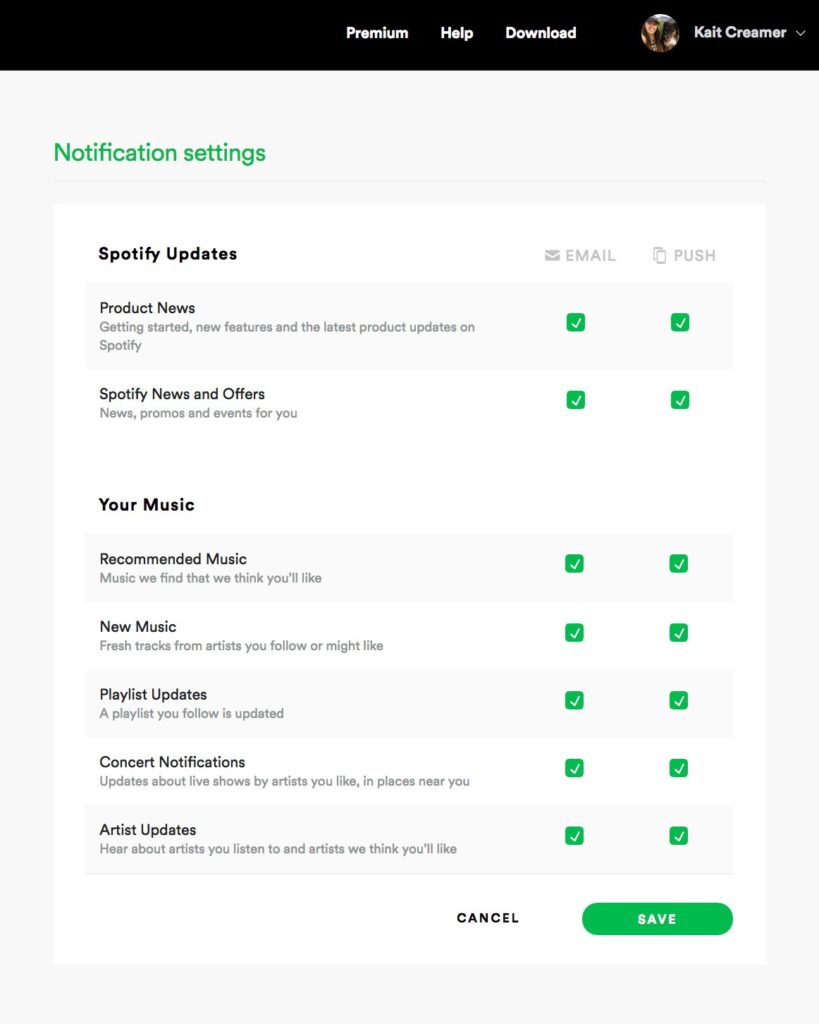
Delivery Time
Ideal email delivery times vary by sector and industry. B2C and B2B businesses have different expectations, but generally speaking:
B2C companies should shoot for delivery during the workday. This helps customers stay engaged and on top of their tasks when they’re in front of their computer screens
B2B businesses are better off sending emails at night or early morning to avoid disrupting customer’s workdays.
Content Calendar and Distribution
Your email calendar should be set to a schedule that complements your lead and customer cycle. Setting up email campaigns for the next few weeks should be done at least two months in advance, as this will provide you enough time to test and optimize them.
Email distribution is usually more effective when targeted towards specific segments of subscribers. For example: Businesses with high volume leads are better off keeping their emails general so they can reach out to anyone who may need help on the product or service.
Companies targeting niche markets often use segmentation tools like “tags” within their marketing automation systems, which helps keep messages organized by topic area (e.g., events).
Your only goal is to improve the customer experience
Your customer’s journey and how successful you are at providing value and relevance to their problems is what will determine the success of your email marketing strategy.
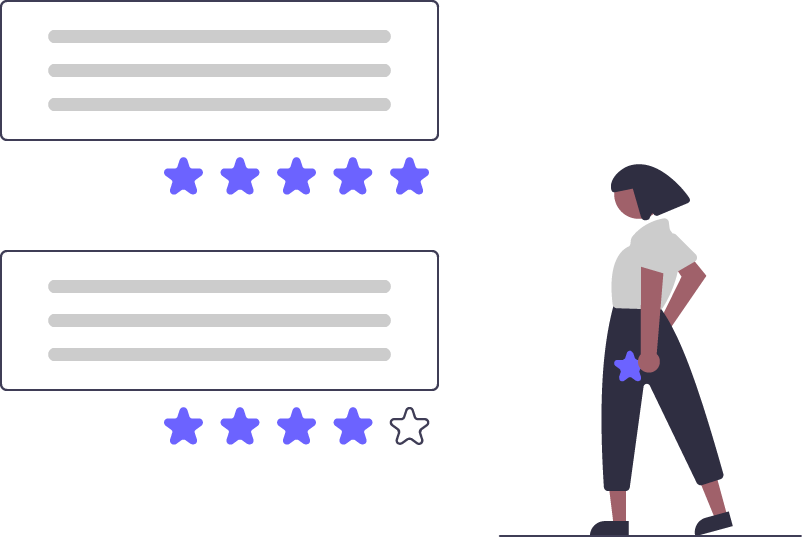
To ensure success, you want to make sure that you are maximizing deliverability, personalizing your experience with them, and optimizing your approaches by leveraging the right data in order to reach higher ROI.
The email experts at Trinity can help you develop a foolproof email marketing plan for maximum profitability through thoughtful analysis of past campaigns and future prospects.
Contact us for a free review of your email performance today!



